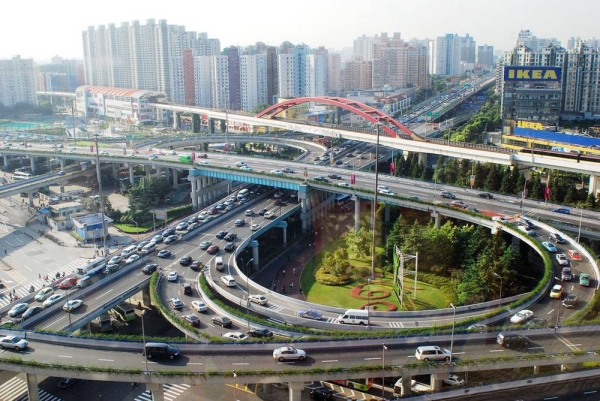
As India seeks to expand its economy, the development of quality infrastructure has become the country’s top priority. As part of its National Infrastructure Pipeline (NIP) mega project, which is a first-of-its-kind, the Indian government seeks to establish world-class infrastructure for citizens and enhance their quality of life and development.
Realizing the immense potential of its private sectors, government aims to invite private players to invest in a number of sectors over the next few years to bring about a paradigm shift in the infrastructure field. The NIP for Fiscal Year 2019-25 also aims to improve project preparation and attract investments into infrastructure.
The mega project was launched after a task force set up to conduct an in depth analysis about the possibility of an infrastructure plan of this nature and scale submitted its recommendations and observations last year. The task force viewed that there was massive potential in a scheme of this nature with a keen focus on energy, roads, railways and urban projects as well.
Given the positive response it generated among stakeholders, after a thorough analysis on various parts of the scheme, Prime Minister Narendra Modi announced the launch of the Rs.110 lakh crores ($1.5 trillion) NIP scheme on the occasion of India’s 75th Independence Day.
The scheme is expected to attract massive foreign investment as well as increase project efficiency through expertise of specialized players in these specific projects. Though there are multiple aspects at play within the scheme, a strong push would be reserved towards asset sales as well as a streamlined strategy of monetizing infrastructure assets especially.
Given that there is little or negligible awareness about the bond market in India, the idea is to set up development finance institutions and also strengthen the municipal bond market at the same time.
To achieve seamless working condition and productivity in various business sectors and India’s ambitious goal to be a $5 trillion economy by 2025, strong infrastructure growth is inevitable. An important part of the scheme is the fact that the government of India plans to raise Rs.6 lakh crores through monetization of assets over the next four years.
In a country that has been largely guided by the principles of socialism-based heavy-lifting by the public sector from the 1960s era, the step toward monetization of assets clearly appears to be a bold step, turning a new page for the Indian economy. While the economy has opened up on different fronts, this scheme envisages that the monetization would also involve assets like roads and railways, something that has no parallels yet.
In fact, the maximum monetization is expected from the road sector pegged at Rs.1.6 lakh crore. However, contrary to the allegations recently raised by the opposition, these highways/roads are not to be transferred to private players in perpetuity.
Instead, the idea is to raise money by transferring highways/roads as per the Build-Operate-Transfer model through which the assets would be handed over to the Indian government after a pre-decided period of years itself.As a clear strategy of what is to be achieved through the same, the government of India has decided to keep the bulk of the asset base with itself. In order to ensure that the ordinary citizen has access to the best yet affordable infrastructure facilities, there is an urgent need to overhaul and revamp the system in its entirety.
As part of the same, tapping the private sector to give a solid fillip to investment and creating employment opportunities would automatically enable high economic growth as well as integrate semi-urban India with the highly mechanized urban India. Bringing in the private sector would aid in the welfare efforts of the government as well as vastly improve the quality, maintenance, and operation of these projects.
With these structured mechanisms in place, the government has laid down a strong foundational base that would enable public welfare as well as further boost employment and infrastructure.
Ultimately, the achievement of India’s manufacturing sector and the focus on “Make in India” are highly dependent on how strong the backbone of India’s infrastructure is. There is a need for regular government intervention, flow of solid funding and constant monitoring of projects.
Growing urbanization, rising working-age population, shift to a services-based economy and climate change are some of the factors that will require a further boost to India’s infrastructure sector for realizing the vision of self-reliant India. (Agencies)
